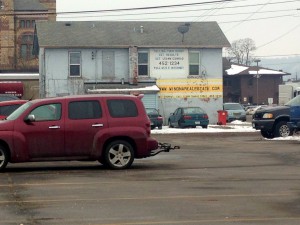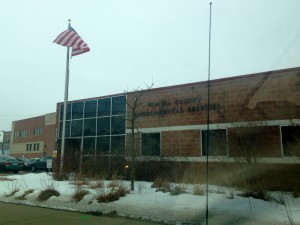Winona was known as the wettest city in Minnesota during the prohibition, and had a red light district that was talked about around the country. Winona has a rich history for its size. The town of 25,000 was a booming lumber town nestled between the railroad tracks and the Mississippi River making it a central hub of travel.
The town was a brothel town since the late 1800s according to the archives in the Winona History Museum. The town endured 60 years of lawless attitudes and actions before bringing it to an end in 1942.

Second Street in Winona is where most of the brothels sat, there was a string of five or six houses where women stood outside and whistle at men or knock at them through the windows and try to lure them in, according to the Winona History Museum Archives.
Police officers and the mayor usually acted like the houses didn’t exist, one source in the WHMA said. The worst fines imposed on the women and owners were 50-100 dollars. This meant women could go right back to their work. They had money to cover the fines, and the police officers knew that according to the WHMA.
Winona’s current mayor, Mark Peterson, works at the Winona History Museum and is fascinated by the history of Winona.
“Most of the citizens really didn’t mind that the red light district was here, they just looked at it as part of Winona,” Said Peterson
There was a doctor in town that would check the women monthly for any diseases, and they women were actually a great deal of help money wise through the Great Depression, said Peterson.
“The women were great tippers at local shops and resteruants, which helped out a lot of people when they needed the money,” Said Peterson.
After the final raid in 1942 the houses were padlocked for a year.
All the buildings now are either gone or have become, bars or houses that families live in.
Today Winona has strict housing laws like the 30 percent rule, and how many people can live in a house due to licensing.
The 30 percent rule states that no city block can be comprised of more than 30 percent rental houses.
Another law states that only five people that are non-related can live in a single-family house.
Over the years, this law has been commonly referred to as the brothel law.
This law is well-known among the college community, especially women.
The mayor about this he had no recollection of this law.
He figured college students had misunderstood the law and it snowballed from there.
Winona’s history is a wild one, and the red light district of Second Street is a thing of the past. Law officials now fight prostitution online. The numbers aren’t as high as they were in the 1920s. Winona Police today are stilling catching people that are still breaking this law.




